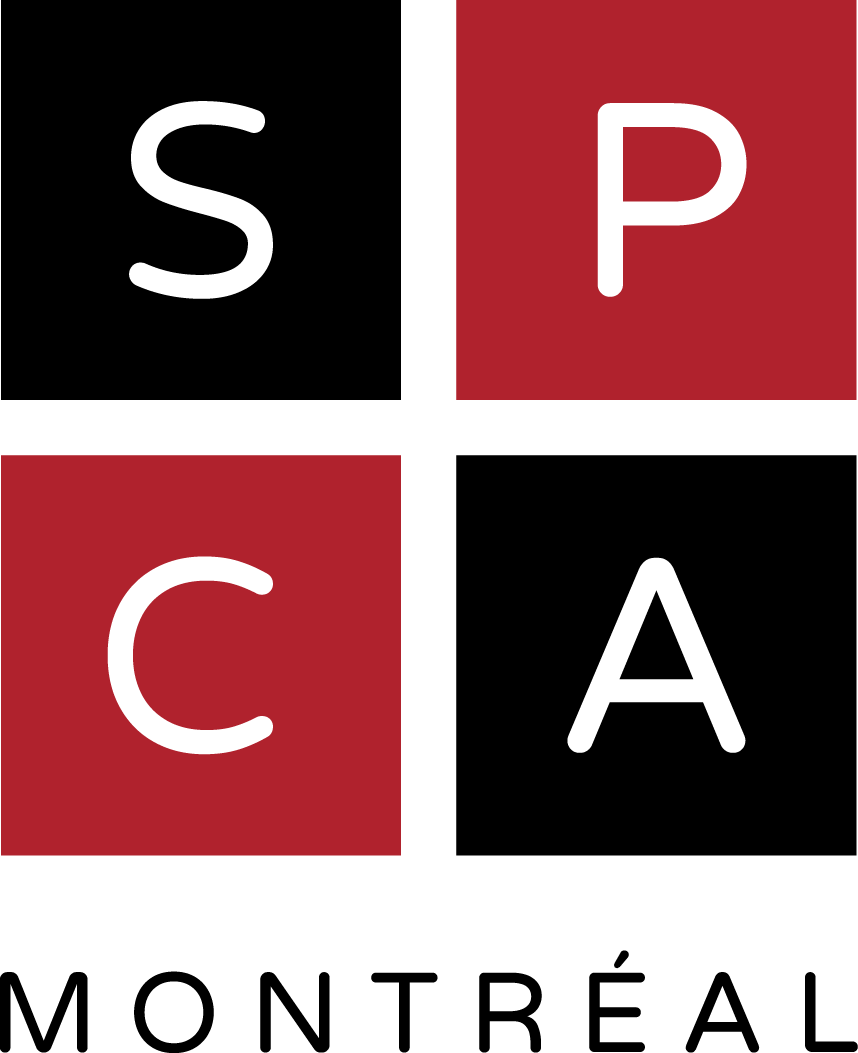I’ve been documenting our use, abuse and sharing of spaces with non-human animals for nearly two decades. Since 2005, I’ve attended many rodeos across Canada, and what I’ve documented time and time again is that while rodeos might be a fun day out for us, they are no fun for all the other participants: the animals.
Humans are a clever species but we have a bad habit of turning away from suffering, especially when we’re the cause of it. The last thing we want is to have our day ruined at the rodeo (or other places animals are used for our entertainment: circuses, zoos, or aquariums), by acknowledging that nagging voice in our subconscious, saying that this might be fun for us but not for them. Those tickets were expensive, after all, and if so many people are participating, it can’t be wrong, can it?
From the stands, we see people riding the animals as they buck. The animals buck because they’re unhappy. They want that flank strap off of them as it squeezes and cinches their waist and sensitive bellies. They want the kicking human with the spurs off of them, too. Their eyes bulge in stress and fear. They drool and pant. They try to run away. This is the “fun” that’s presented to us at the rodeo.
I’ve spent a lot of time photographing behind the scenes at these events. The animals, who are constantly being separated from any friends or family they might have, are transported (often long distances), and moved from trailers to one small enclosure and then into the next. They’ve been broken, tied, branded and dehorned, and forced to behave in ways that are unnatural to them. They have no autonomy or say in whatever we have planned for them next. If they refuse to move, they are hit with sticks or with an electric prod. As they are forced into the confines of the chutes, bulls will often look behind them or over the gates and bars for a way out.
The animals are roughly handled, especially when, instead of being submissive, they choose to fight against our gates and our ropes, our slaps and our cinches. As a horse or bull is saddled and harnessed, men will sometimes twist the animal’s tail, or in the case of horses, pull on their mane.
I was able to photograph all of this because it’s standard practice. When I’ve photographed a rodeo animal’s injuries, there was no hiding it and no shame: these consequences are just part of the game.
Their use and their suffering are intrinsic to, and inseparable from, the rodeo.
I want us all to rethink, and put an end to, this sort of use of animals for entertainment. It has no place in an enlightened society, one that is quickly awakening to, and accepting of, the rights of animals and animal sentience. I ask you to look at the photos I’ve taken at rodeos, to see what I’ve seen, and to not turn away. I ask us all simply to consider these animals.
I can’t pretend to understand why Montreal would bring a rodeo, a culturally irrelevant event, to the city as part of its 375th anniversary festivities. For a forward-looking city, it’s unprogressive. Rodeos don’t reflect the values of Montrealers. And it’s entertainment at someone else’s expense: that of the animals. Hosting a rodeo sits firmly on the wrong side of a progressive society.
I hope you’ll join me and thousands of others in being on the right side of history, by saying NO to the rodeo.
Jo-Anne McArthur’s photos




See the “Rodeo” section of the WE ANIMALS website for more photos and facts.
.
.

Jo-Anne McArthur
Jo-Anne McArthur is an award-winning photographer, author, and educator based in Toronto, Canada. Through her long term body of work, We Animals, she has been documenting our complex relationship with animals in over fifty countries for the last fifteen years. Jo-Anne’s first book, We Animals, was published in 2014. Her forthcoming book, Captive, will be published in summer 2017. Jo-Anne’s images have been used by more than 100 organizations, publishers and academics to advocate for animals. She has spoken at schools and universities in North America, Australia and across Europe on the subjects of photography, animals, social change and empathy through her We Animals Humane Education Programs.







